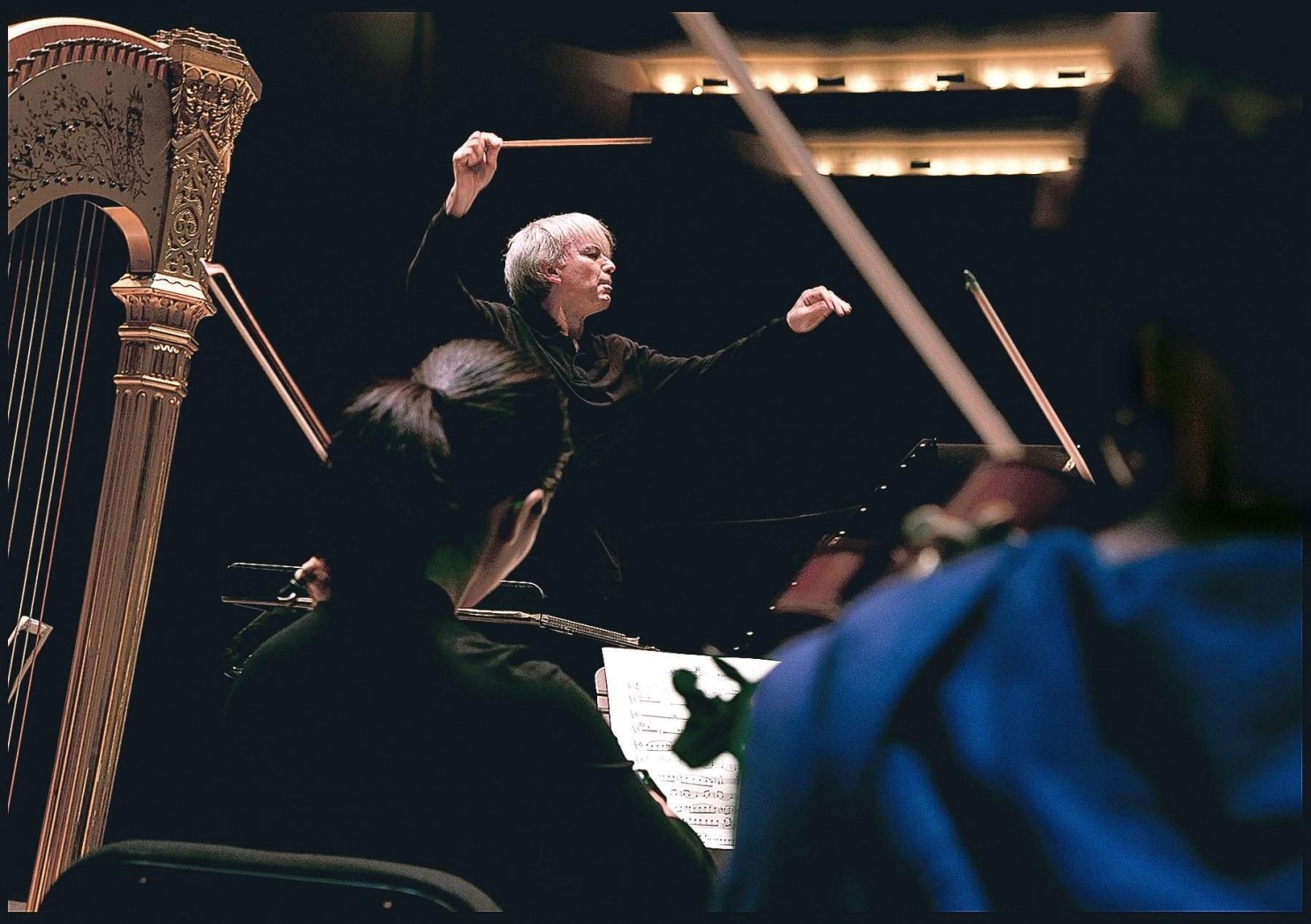By Stephen Brookes • The Washington Post • November 16, 2014
Even at its most secular, the music of J.S. Bach is so radiant with religious feeling that to title a concert “Bach and the Divine” seems almost redundant. But on Saturday night at Georgetown’s Dumbarton Church, the PostClassical Ensemble — a group more known for revolution than reverence — brought a lively and very human sense of spirituality to an all-Bach program that showcased the remarkable singing of bass-baritone Kevin Deas. The evening opened with the “Air” from Orchestral Suite No. 3 in D Major, BWV 1068, in a limpid reading that embodied much of what makes Bach’s music “divine” — the luminous beauty, the sense of a universe in perfect balance, the unity at the heart of the music’s intricate complexity. But music director Angel Gil-Ordóñez (whose wonderful conducting style is equal parts dance, bullfighting and ecstatic bliss) also brought great warmth and even sensuality to the music, setting the tone for rest of the evening.
The evening opened with the “Air” from Orchestral Suite No. 3 in D Major, BWV 1068, in a limpid reading that embodied much of what makes Bach’s music “divine” — the luminous beauty, the sense of a universe in perfect balance, the unity at the heart of the music’s intricate complexity. But music director Angel Gil-Ordóñez (whose wonderful conducting style is equal parts dance, bullfighting and ecstatic bliss) also brought great warmth and even sensuality to the music, setting the tone for rest of the evening.
Deas and oboist Igor Leschishin took the leading roles in the cantata “Ich habe genug” BWV 82, Leschishin’s deft, alert touch providing a fine foil to Deas’s clear and incisive voice. Deas brought an introspective power to his singing, never striving for effect or the stentorian bellowing that baritones are sometimes prey to. He was equally convincing in the lilting aria “Mache dich mein Herze rein” from the St. Matthew Passion.
Leschishin returned for the Concerto for Violin and Oboe in D Minor, BWV 1060R, joined by Netanel Draiblate, the ensemble’s new concertmaster. Draiblate is a find — a violinist who combines confidence and virtuosity with a playful musical personality — and the concerto came off with such vitality that it sounded as if Bach had written it last week.
The Duke Ellington School of the Arts Chamber Singers joined the ensemble for a lively, hugely fun reading of the choral cantata “Nun ist das Heil,” BWV 50, which closed the evening. The young singers turned in an extroverted performance, and Gil-Ordóñez immediately called on them to sing it again — joined, this time, by the audience. The sing-along didn’t find many takers, despite Gil-Ordóñez’s infectious enthusiasm; it’s not an easy piece, scores were few and far between and perhaps we’re all a little shy. But the effort underscored the refreshing lack of stuffiness that has become the hallmark of the PostClassical Ensemble’s concerts — still among the most interesting in town.